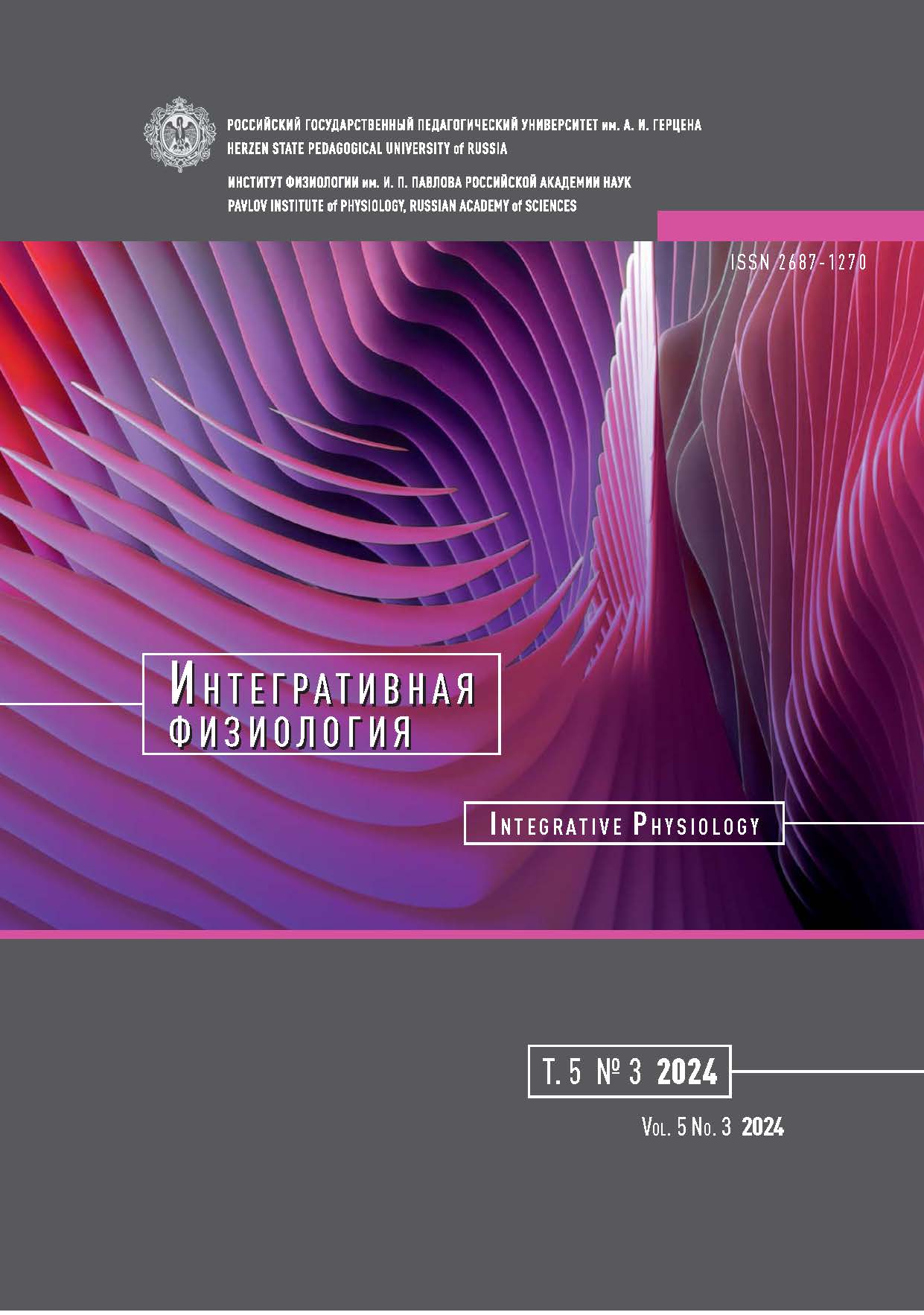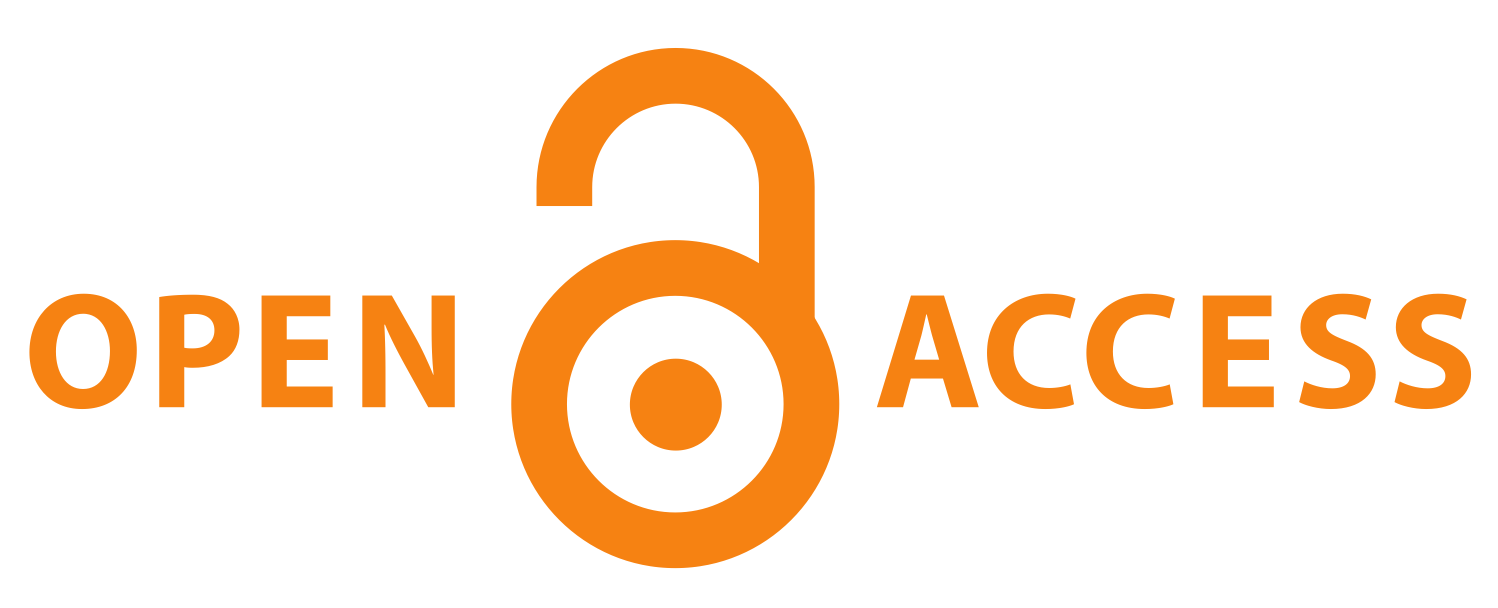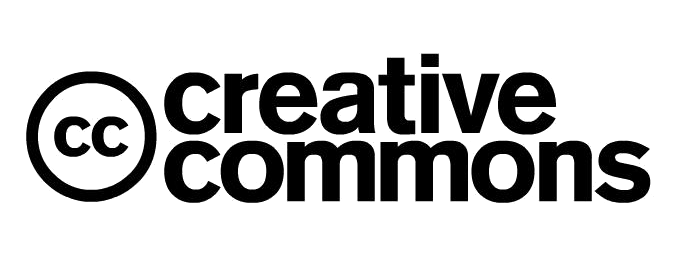Stimulus-specific adaptation in neuronal responses in the primary auditory cortex of awake mice: A model of mouse pups wriggling call sequences
DOI:
https://doi.org/10.33910/2687-1270-2024-5-3-318-324Keywords:
hearing, primary auditory cortex, awake mice, stimulus-specific auditory adaptation, single neuronsAbstract
This study is the first to investigate the neurophysiological effects of stimulus-specific adaptation (SSA) on the activity of single neurons in the primary auditory cortex of awake house mice. While adaptation of neuronal responses to sound sequences consisting of four identical tones, the time intervals between which were selected so as to be similar to the temporal structure of series of mouse pups wriggling call, adult females were stimulated by a fifth tone signal, the frequency of which differed from the frequency of the first four tone pulses in the series. A fifth tone, differing in frequency from the first four, was presented to stimulate adult female mice. Following the presentation of the deviant tone, a recovery in neuronal responses was observed, either complete or partial, indicating a stronger response to the fifth tone compared to the second through fourth tones. The recovery was frequency-dependent, with the most pronounced effects occurring when the fifth tone frequency was 0.4–0.6 octaves lower or 0.2–0.4 octaves higher than the characteristic frequency of the neuron. These findings highlight the crucial role of SSA in shaping neuronal responses to novel stimuli, including the orienting responses to sound.
References
Bibikov, N. G. (1977) Nejrony novizny v slukhovoj sisteme lyagushki [“Novelty” neurons in the frog auditory system]. Zhurnal vyshej nervnoj deyatel’nosti im. I. P. Pavlova — Neuroscience and Behavioral Physiology, vol. 27, no. 5, pp. 1091–1098. (In Russian)
Bibikov, N. G. (2010) Neirofiziologicheskie mehanizmy slukhovoj adaptatsii. 2. Effekty posledejstviya [Neurophysiological mechanisms of auditory adaptation. 2. Aftereffects]. Uspekhi fiziologicheskih nauk, vol. 41, no. 4, pp. 77–92. (In Russian)
Bregman, A. S. (1990) Auditory scene analysis. The Perceptual Organization of Sound. Cambridge: MIT Press, 790 p. https://doi.org/10.7551/mitpress/1486.001.0001 (In English)
Duque, D., Malmierca, M. S. (2015) Stimulus-specific adaptation in the inferior colliculus of the mouse: Anesthesia and spontaneous activity effects. Brain Structure and Function, vol. 220, no. 6, pp. 3385–3398. https://doi.org/10.1007/s00429-014-0862-1 (In English)
Duque, D., Wang, X., Nieto-Diego, J. et al. (2016) Neurons in the inferior colliculus of the rat show stimulus-specific adaptation for frequency, but not for intensity. Scientific Reports, vol. 6, article 24114. https://doi.org/10.1038/srep24114 (In English)
Egorova, М. А. (2005) Frequency selectivity of neurons of the primary auditory field (A1) and anterior auditory field (AAF) in the auditory cortex of the house mouse (Mus musculus). Journal of Evolutionary Biochemistry and Physiology, vol. 41, no. 4, pp. 476–480. https://doi.org/10.1007/s10893-005-0085-4 (In English)
Egorova, M. A., Akimov, A. G., Khorunzhii, G. D. (2024) Time scale of adaptation at the tonal sequence processing in the awake mice auditory cortex neurons. Journal of Evolutionary Biochemistry and Physiology, vol. 60, no. 1, pp. 332–341. https://doi.org/10.1134/S0022093024010241 (In English)
Ehret, G., Riecke, S. (2002) Mice and humans perceive multiharmonic communication sounds in the same way. Proceedings of the National Academy of Sciences of USA, vol. 99, no. 1, pp. 479–482. https://doi.org/10.1073/pnas.012361999 (In English)
Gaub, S., Ehret, G. (2005) Grouping in auditory temporal perception and vocal production is mutually adapted: The case of wriggling calls of mice. Journal of Comparative Physiology A, vol. 191, no. 12, pp. 1131–1135. https://doi.org/10.1007/s00359-005-0036-y (In English)
Malinina, E. S., Egorova, M. A., Khorunzhii, G. D., Akimov, A. G. (2016) Vremennaya shkala adaptatsii pri obrabotke zvukovykh posledovatelnostej nejronami slukhovogo tsentra srednego mozga myshej [The time scale of adaptation in tonal sequence processing by the mouse auditory midbrain neurons]. Doklady Akademii Nauk — Doklady Biological Sciences, vol. 470, no. 1, pp. 209–213. https://doi.org/10.1134/S001249661605001X (In Russian)
Malmierca, M. S., Cristaudo, S., Perez-Gonzalez, D., Covey, E. (2009) Stimulus-specific adaptation in the inferior colliculus of the anesthetized rat. Journal of Neuroscience, vol. 29, no. 17, pp. 5483–5493. https://doi.org/10.1523/JNEUROSCI.4153-08.2009 (In English)
Malmierca, M. S., Sanchez-Vives, M. V., Escera, C., Bendixen, A. (2014) Neuronal adaptation, novelty detection and regularity encoding in audition. Frontiers in Systems Neuroscience, vol. 8, article 111. https://doi.org/10.3389/fnsys.2014.00111 (In English)
Perez-Gonzalez, D., Lao-Rodriguez, A. B., Aedo-Sanchez, C., Malmierca, M. S. (2024) Acetylcholine modulates the precision of prediction error in the auditory cortex. Elife, vol. 12, article RP91475. https://doi.org/10.7554/eLife.91475.3 (In English)
Perez-Gonzalez, D., Malmierca, M. S. (2014) Adaptation in the auditory system: An overview. Frontiers in Integrative Neuroscience, vol. 8, article 19. https://doi.org/10.3389/fnint.2014.00019 (In English)
Sidman, R. L., Angevine, J. B., Pierce, E. T. (1971) Atlas of the mouse brain and spinal cord. Boston: Harvard University Press, 290 p. (In English)
Ulanovsky, N., Las, L., Farkas, D., Nelken, I. (2004) Multiple time scales of adaptation in auditory cortex neurons. Journal of Neuroscience, vol. 24, no. 46, pp. 10440–10453. https://doi.org/10.1523/JNEUROSCI.1905-04.2004 (In English)
Ulanovsky, N., Las, L., Nelken, I. (2003) Processing of low-probability sounds by cortical neurons. Nature Neuroscience, vol. 6, no. 4, pp. 391–398. https://doi.org/10.1038/nn1032 (In English)
Valerio, P., Rechenmann, J., Joshi, S. et al. (2024) Sequential maturation of stimulus-specific adaptation in the mouse lemniscal auditory system. Science Advances, vol. 10, no. 1, article eadi7624. https://doi.org/10.1126/sciadv.adi7624 (In English)
Downloads
Published
Issue
Section
License
Copyright (c) 2025 Marina A. Egorova, Alexander G. Akimov, Gleb D. Khorunzhii

This work is licensed under a Creative Commons Attribution-NonCommercial 4.0 International License.
The work is provided under the terms of the Public Offer and of Creative Commons public license Creative Commons Attribution 4.0 International (CC BY 4.0).
This license permits an unlimited number of users to copy and redistribute the material in any medium or format, and to remix, transform, and build upon the material for any purpose, including commercial use.
This license retains copyright for the authors but allows others to freely distribute, use, and adapt the work, on the mandatory condition that appropriate credit is given. Users must provide a correct link to the original publication in our journal, cite the authors' names, and indicate if any changes were made.
Copyright remains with the authors. The CC BY 4.0 license does not transfer rights to third parties but rather grants users prior permission for use, provided the attribution condition is met. Any use of the work will be governed by the terms of this license.







